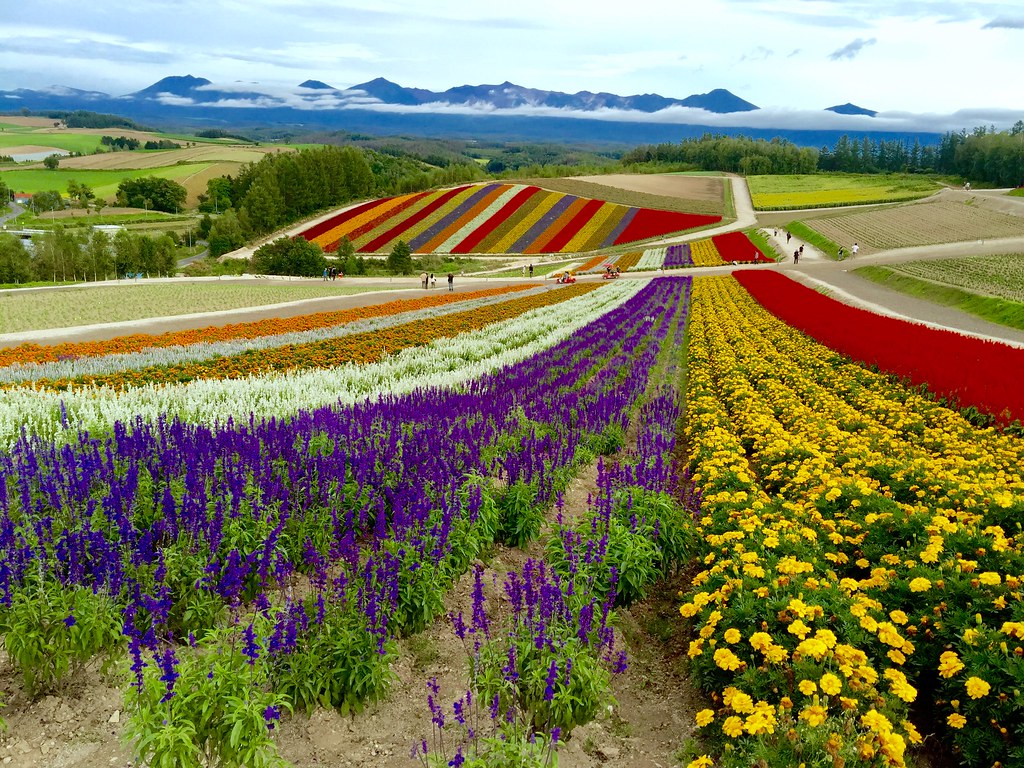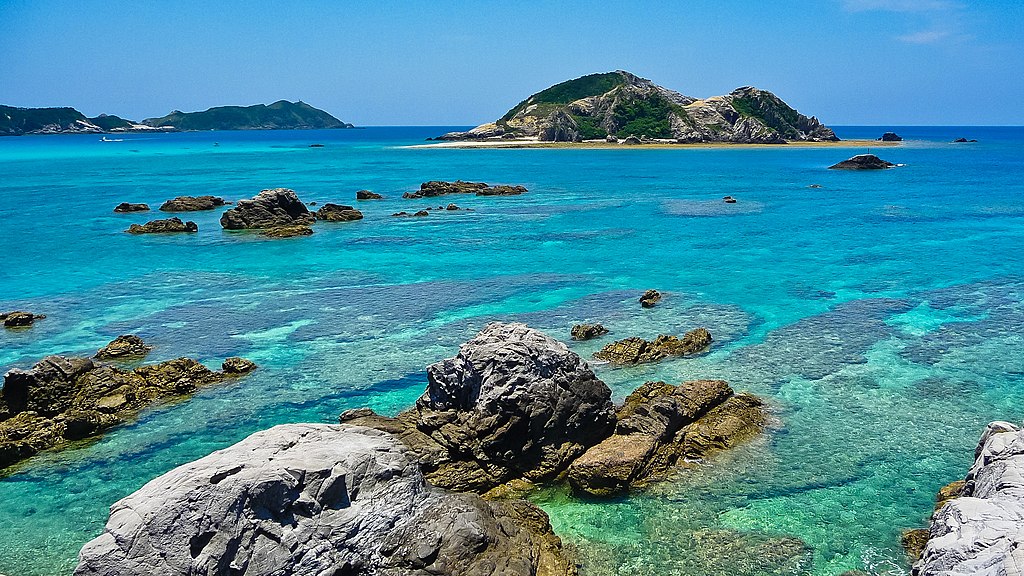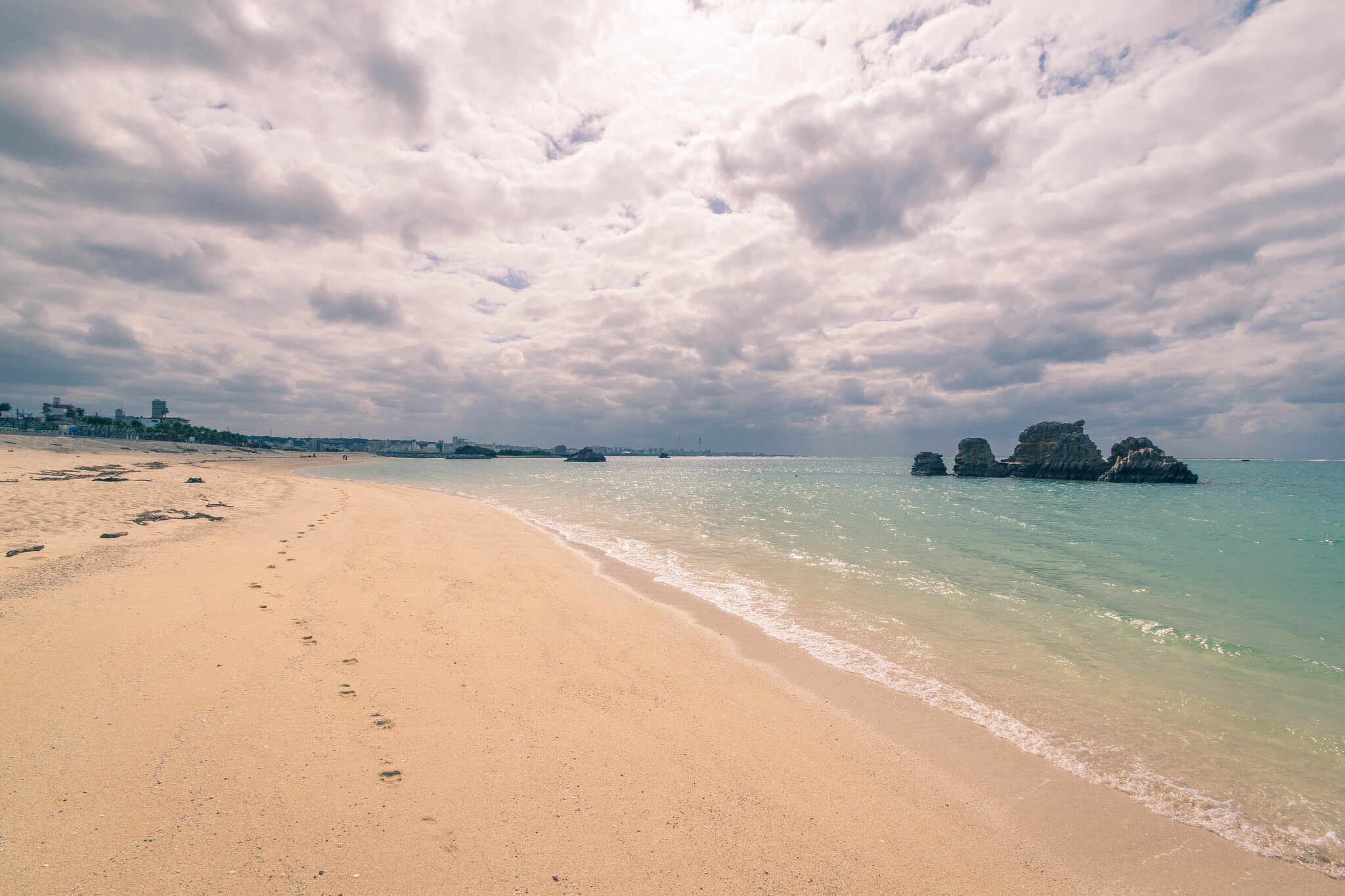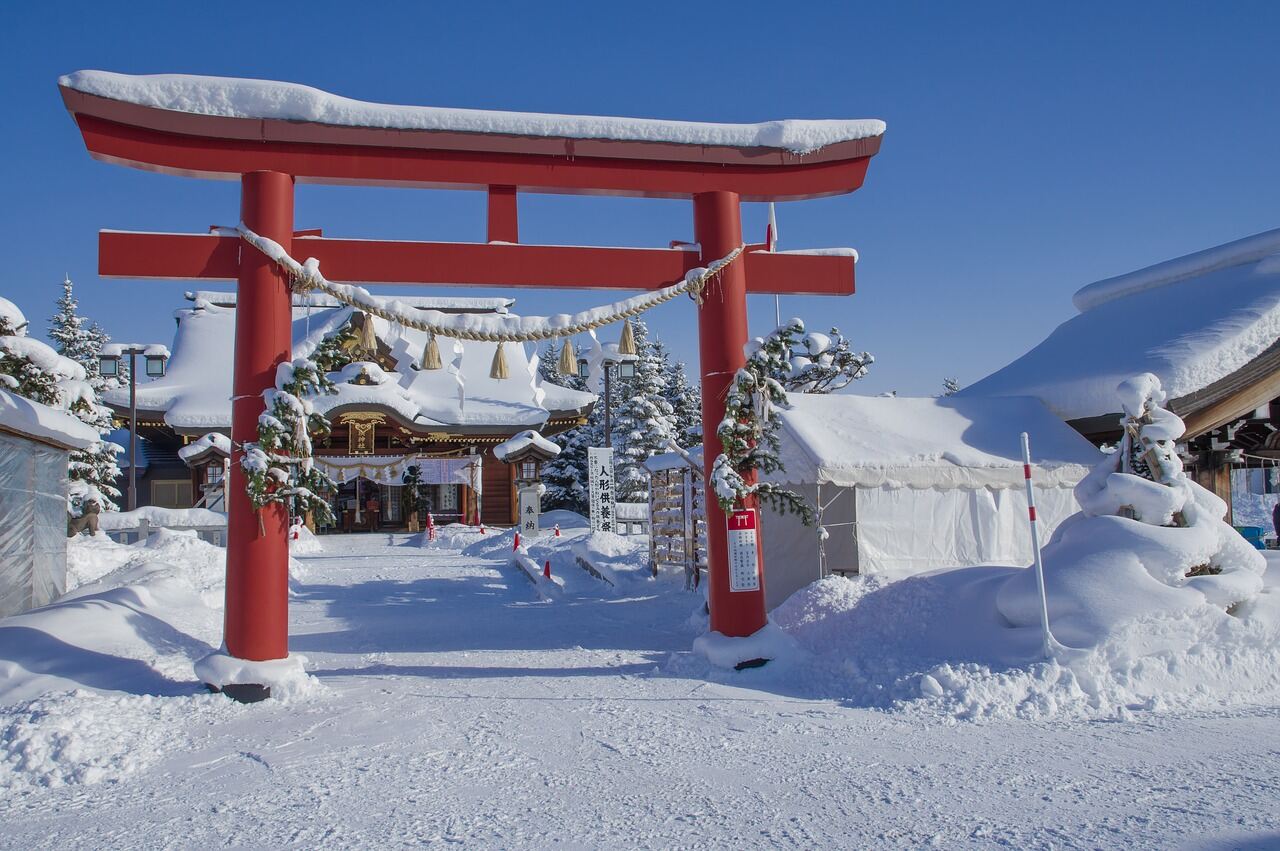Fire and Ice- Japan's Wonderfully Diverse Islands
The northernmost and least developed of Japan’s main islands, Hokkaido is a vision of untamed, epic wilderness. It has wild bears roaming in the deep green forests, hawks circling above crystal clear lakes and smoking craters, rugged shores, and offshore islands within touching distance of Russia. It’s also home to the Ainu, Japan’s indigenous population of hunter-gatherers who are fighting to maintain their way of life as globalization looms. Heavy snowfall during the winter attracts skiers and snowboarders to the powder capital of Japan, Niseko. Mild summers also the mountains almost overrun with city-dwellers looking for relief from the muggy climate of the main island. There are National Parks galore. Shiretoko, a World Heritage site, and Daisetsuzan are the most popular. In autumn, Hokkaido is the first prefecture in Japan where the leaves change colors. Ehime Prefecture is made up of the north-west crescent of Shikoku and several islands, extending out towards Honshu and Kyushu. It’s the last stop on the Shimanami Kaido, a series of bridges connecting Honshu to Shikoku that offers a spectacularly scenic bike ride over the Seto Inland Sea. It also contains 26 of the 88 temples on the circular Shikoku Pilgrimage, as well as Japan’s oldest bathhouse, the highest peak in western Japan, and an island ruled by feral cats.
Japan’s Okinawa region is a total of 113 islands that stretch from Kyushu’s southern tip towards Taiwan. Considered the country’s own little Hawaii, the prefecture offers a remote yet accessible getaway that deserves Bora Bora-levels of holiday brochure stardom. It has some of the world’s best scuba diving, gorgeous hiking, acclaimed music, and a distinct food culture centered around medicinal ingredients that sustains Japan’s longest-living citizens.



